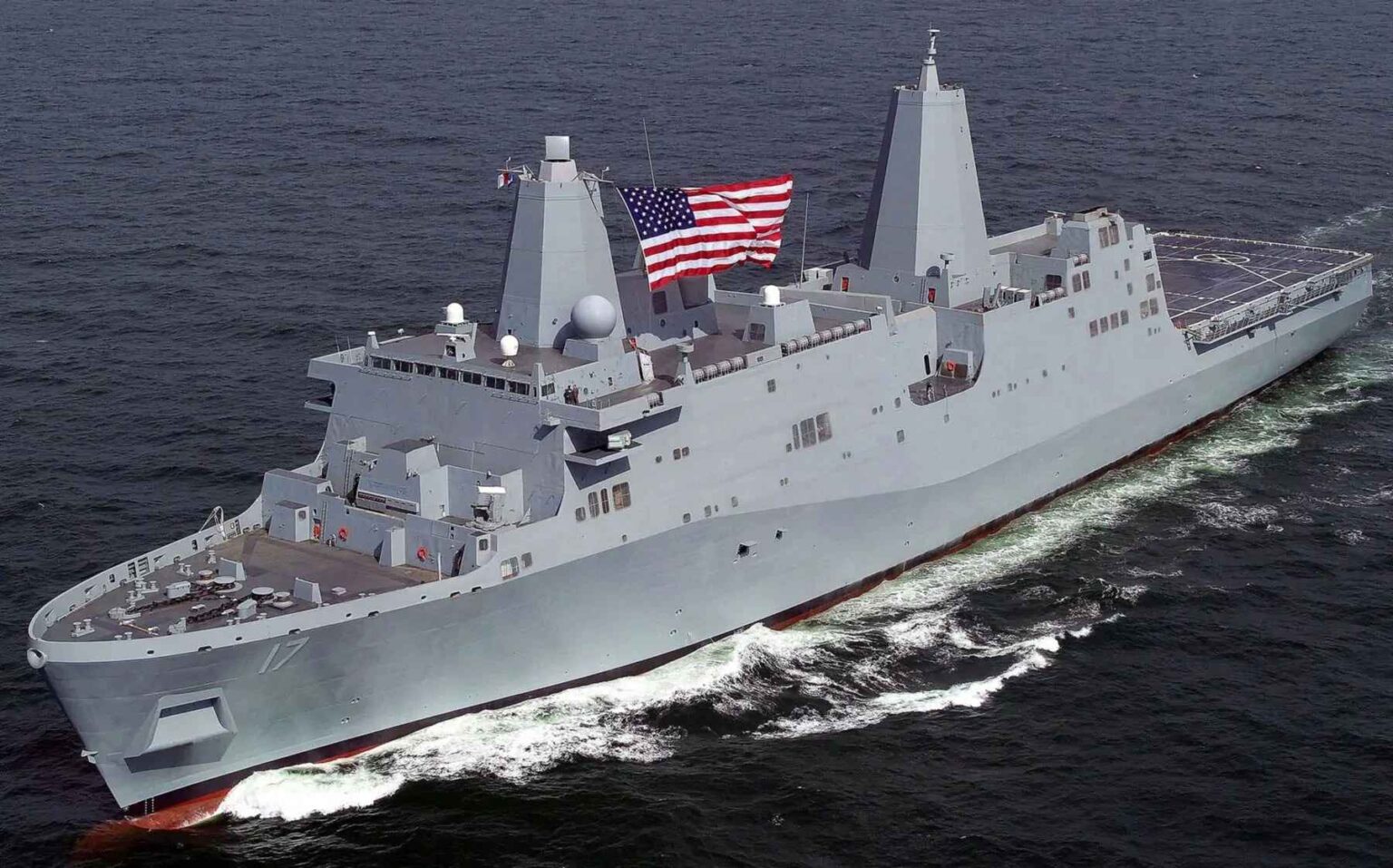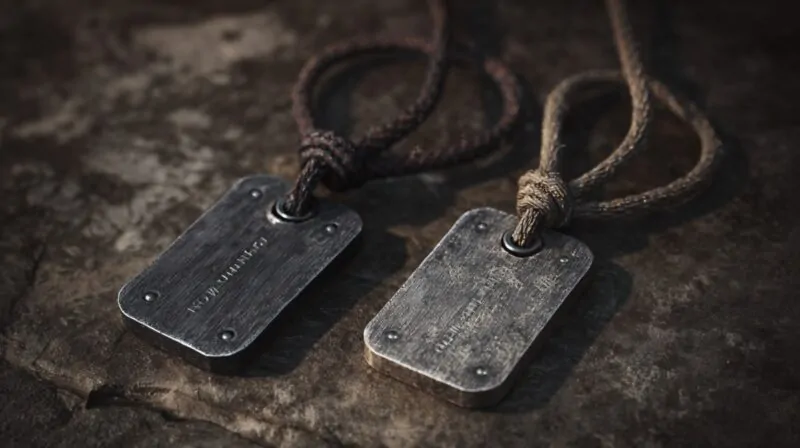In October 2024, the U.S. Navy awarded a nearly $10 billion contract to Huntington Ingalls Industries (HII) to construct three San Antonio-class amphibious transport dock ships and one America-class amphibious assault ship.
These ships will be built at HII’s Ingalls Shipbuilding division in Pascagoula, Mississippi, with the goal of strengthening the Navy’s amphibious fleet and meeting congressional requirements for at least 31 operational amphibious ships.
The Navy’s first multi-ship contract valued at $9.6 billion for amphibious vessels comes as part of a broader modernization effort, including the Navy’s “Project 33.” The project focuses on preparing the fleet for potential conflict, particularly with China, by 2027.
As outlined by the Navy Secretary in August, the first San Antonio-class amphibious transport dock in the block-buy will be procured in fiscal year 2025 at a cost of $2.2 billion. The second vessel will be ordered in fiscal 2027 for $2.3 billion, followed by a third in fiscal 2029, priced at $2.4 billion.
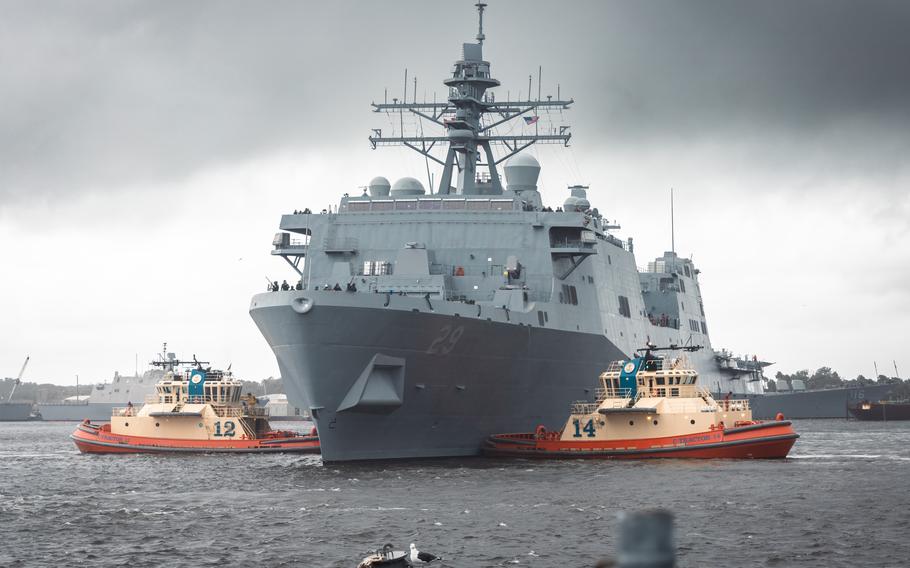
August’s draft estimated the cost of the amphibious ships at $11.5 billion, about $2 billion less than the final contract value.
The announced contract focuses solely on the shipbuilding costs from HII’s Ingalls Shipbuilding division, while the August 14 certification to Congress included additional costs, such as government-furnished equipment and other program expenses, according to HII spokesperson Alan Baribeau.
In previous years, the Navy suggested cutting back its amphibious fleet, but the 2023 National Defense Authorization Act (NDAA) required the service to maintain no fewer than 31 operational amphibious ships.
“This will make sure that we stay at the 31 amphibs and in the right arrangement that we need them. The Marine Corps is very focused on that, and so are we,” said Admiral Lisa Franchetti, Chief of Naval Operations, affirming the importance of meeting congressional mandates.
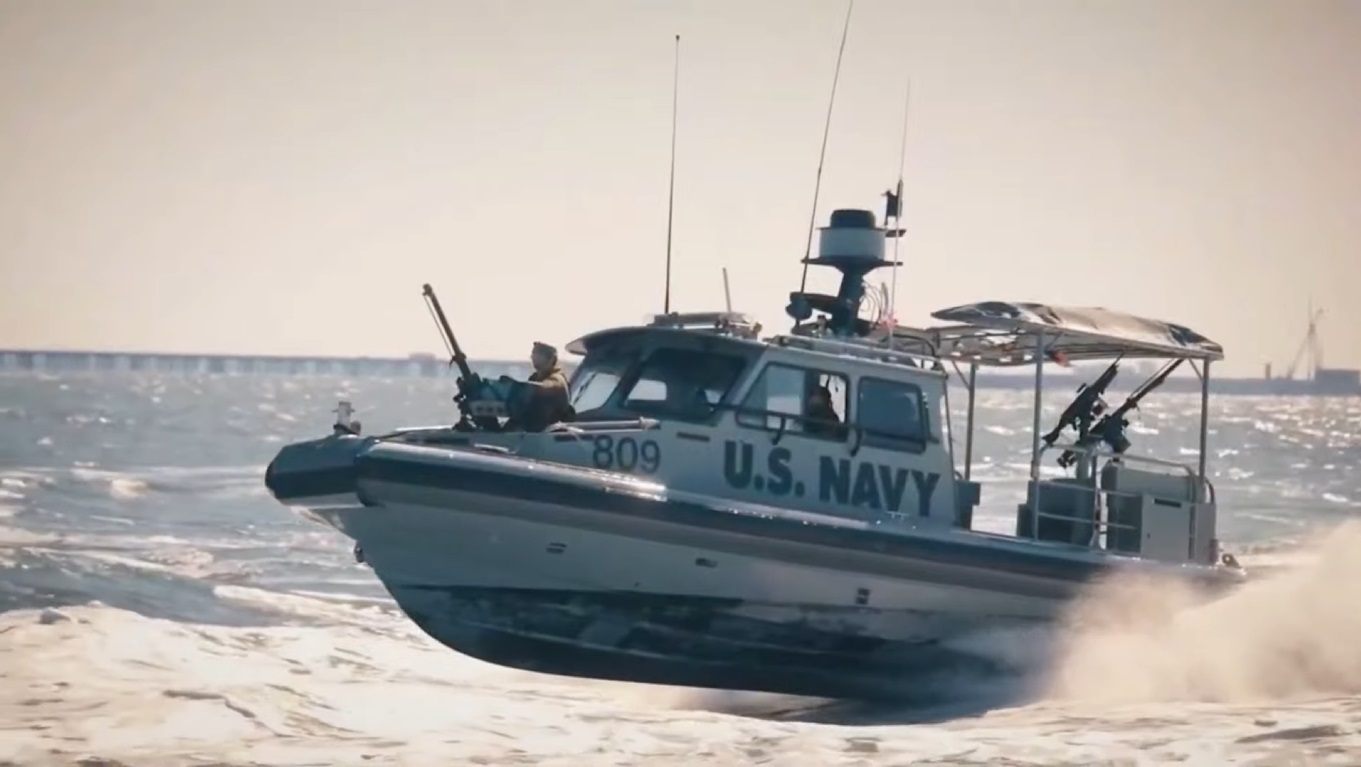
In 2022, Marine Corps General David Berger also supported this number, citing the need for 31 amphibious ships to maintain readiness and respond to contingencies.
The bulk-buy agreement will save the Navy $1 billion and provide stability for the U.S. shipbuilding industry, which is essential for workforce retention and capital investments. Franchetti noted that shipbuilders need “predictability” to plan for long-term investments and workforce management.
Read also: 7 Surprising Facts About U.S. Military Spending You Need To Know
Paul Roden, chairman of the Amphibious Warship Industrial Base Coalition, echoed this sentiment, adding that consistent funding would allow suppliers to better manage supply chains, sustain a skilled workforce, and innovate.
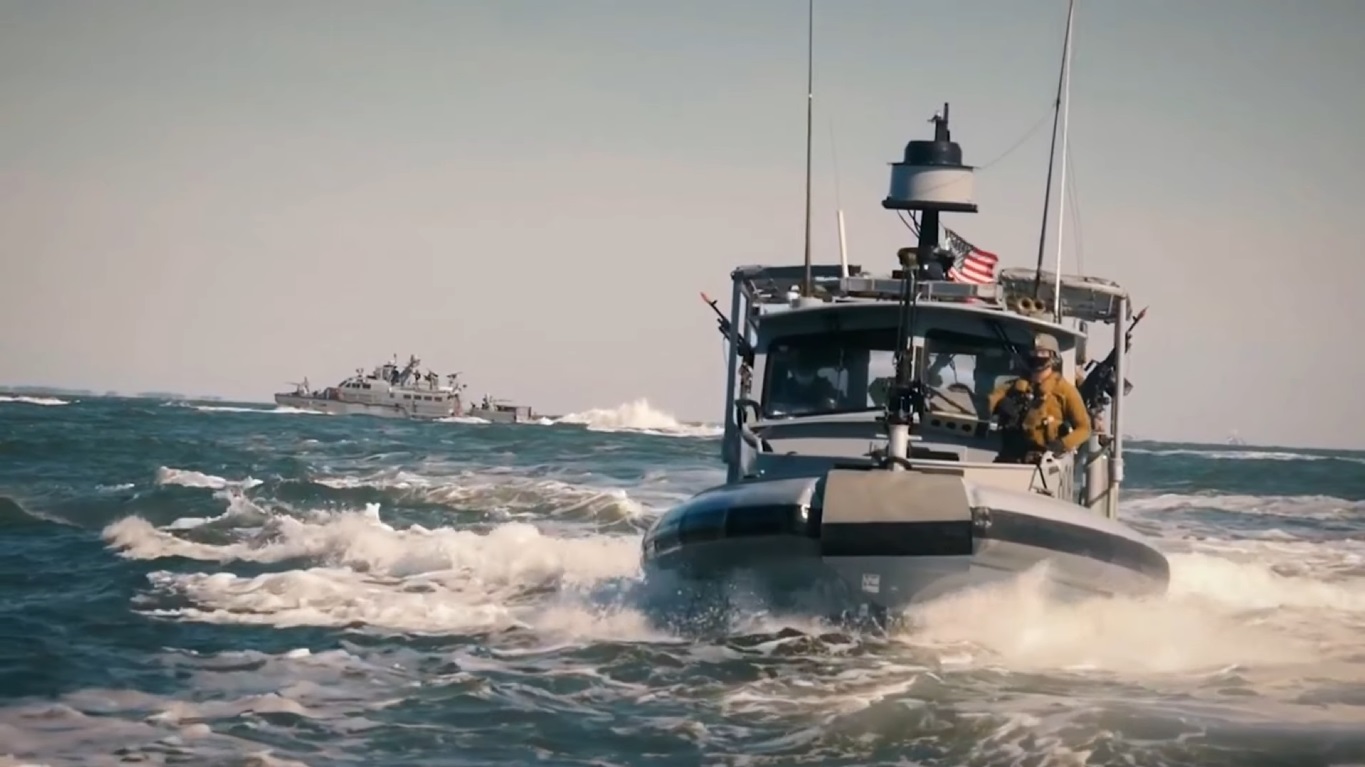
The Navy’s amphibious fleet has faced challenges, with only 41% of ships completing maintenance on time in 2023. However, the service aims to improve this to 67% in 2024 by changing its approach to maintenance cycles, shifting from a “just in time” to a “just in case” strategy, Franchetti explained.
This includes pre-purchasing rotable parts and ensuring that all ship types, from amphibious vessels to destroyers, complete maintenance on schedule. The deal also funds modifications to America-class assault ship 10, which will feature a well deck for surface assaults while retaining enhanced aviation capabilities.
Franchetti went on to say, “Amphibious ships… are going to have a role to play in delivering future warfighting advantage.”
Related Posts:
- How Many Fighter Jets Are in the U.S. Military Fleet…
- ‘Top Gun’ Icon Tom Cruise Awarded Navy’s Highest…
- Who Builds Navy Ships? A Look at the Top Shipbuilders
- Coast Guard vs. Navy - Missions, Training, and…
- How Many Navy Fleets Does the US Have in 2025?
- What Watches Do Navy SEALs Wear? Tough and Reliable Picks

